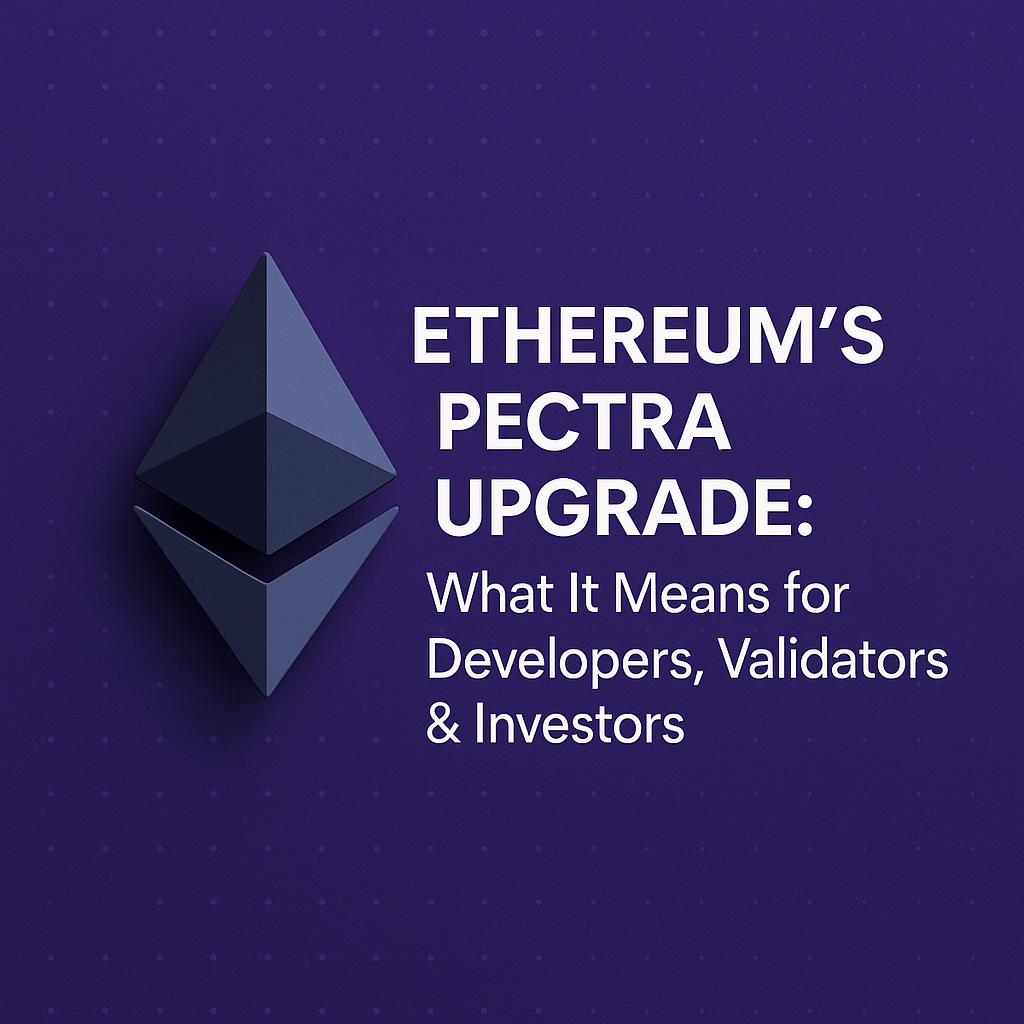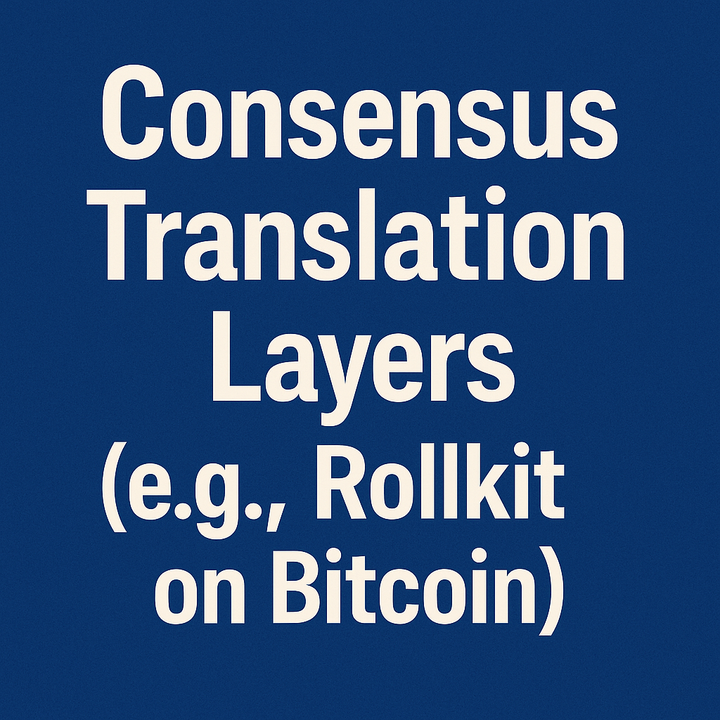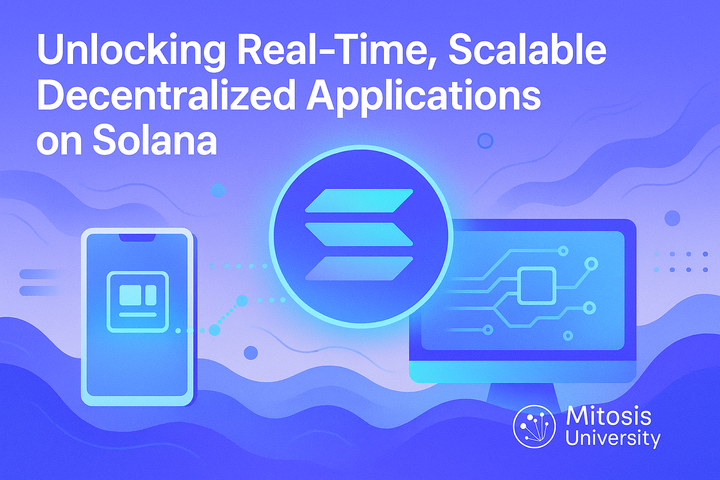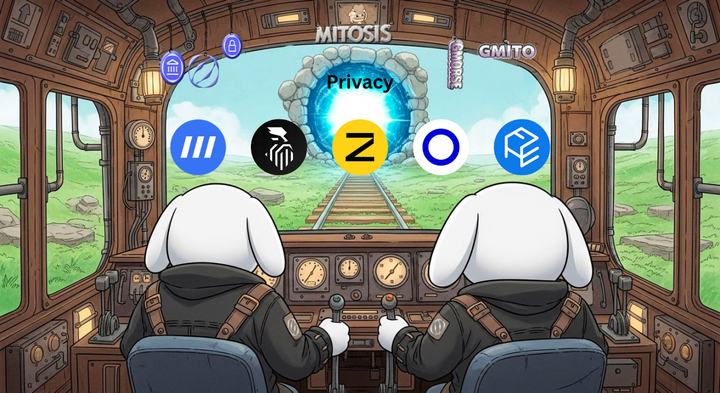Ethereum’s Pectra Upgrade: What It Means for Developers, Validators & Investors

Introduction
Ethereum has seen many upgrades — Frontier, Homestead, Istanbul, the Merge. Each pushed the network closer to scalability, security, and decentralization. But Pectra, slated for late 2024 or early 2025, feels different. It’s not just a technical patch. It’s Ethereum’s attempt to address long-standing UX issues, optimize validator performance, and open the door to new app design patterns. Whether you’re a developer building smart contracts, a validator securing the chain, or an investor managing capital flows — Pectra matters.
In this breakdown, we’ll explore: ➛ What Pectra introduces ➛ Why it’s a big deal for different stakeholders ➛ How contributors (especially modular ecosystem contributors like in Mitosis) can position themselves ahead of the shift
For Developers: EOF & UX Improvements Open New Frontiers
Pectra’s developer-facing upgrade is centered on something called EOF — EVM Object Format. At its core, EOF is an attempt to make Ethereum smart contract development more predictable, safer, and modular.
What’s EOF?7
EOF introduces a new format for EVM bytecode — instead of dumping contract logic into a single stream of bytes, EOF gives structure: ➙ Function separators: Just like in traditional languages ➙ Code validation before deployment: Prevents malicious or broken bytecode from executing ➙ Modularity and better debugging Why it matters: ➢ Smarter tooling: IDEs can now build around well-defined bytecode segments ➢ Clearer audits: EOF makes it easier for security researchers to verify contracts ➢ Support for future EVM upgrades: This lays the groundwork for more ambitious EVM improvements without breaking backwards compatibility ➢ It also prevents code introspection, which means some existing smart contract patterns (like dynamic self-inspection) may break. But this tradeoff enables more secure, gas-efficient programming models. ➢ Impact on modular builders (like Mitosis contributors): EOF will influence how rollup developers and app-specific chain architects think about EVM compatibility. Tools and chains that adopt EOF faster may gain developer mindshare.
For Validators: From Signature Verification to 8-Year Withdrawals
On the consensus side, Pectra upgrades the Beacon Chain’s validator experience. Two big changes stand out: a. Signature Verification Optimization Currently, every Ethereum validator must sign every block and message using a BLS12-381 signature — computationally heavy. Pectra introduces “Signature Aggregation Improvements”, cutting down the verification load, especially in environments with thousands of validators. Result? ➙ Lower computational cost ➙ Faster finality in busy networks ➙Better support for light clients Why validators care: If you’re running a validator node, this means smoother performance, reduced hardware costs, and fewer missed attestations. For solo stakers, that’s a direct boost to efficiency and rewards. b. Withdrawal Credential Changes: 8-Year Exit Delay Yes, you read that right. Ethereum may enforce a minimum 8-year wait time on withdrawals for new validators, depending on how implementation shapes up. This is meant to: ➢Discourage short-term, mercenary staking ➢Prevent validator set instability during turbulent markets
For Mitosis contributors focused on interop: Long exit queues on Ethereum could push new validators to modular chains and app-specific rollups with faster unstaking and custom governance logic. That’s a positioning opportunity.
For Investors: Reduced Uncertainty, but Not Without Risk
Let’s zoom out. If you’re an ETH holder, fund manager, or just deploying capital in the ecosystem — what does Pectra mean? a. UX Improvements Drive Retail Adoption Pectra includes EIP-3074, which enables smart contract-style transaction bundling from Externally Owned Accounts (EOAs). In plain English: →Users can delegate gas payments to another address →You can batch approve + swap + stake in one transaction →New user onboarding flows become possible Translation: Less friction = more adoption. Expect wallets and dApps to start building onboarding systems that feel more like Web2 fintech — without sacrificing decentralization. b. Validator Incentive Rebalancing Could Reshape Yields The 8-year withdrawal timeline, plus better performance from Signature Aggregation, could: →Reduce staking churn (less ETH being locked/unlocked) →Create more predictable staking yield curves →Attract long-term institutional capital But here’s the flip side: risk-averse retail may shy away, especially in volatile markets where liquidity matters. c. Pectra Reinforces Ethereum’s “Institution-Ready” Image Between EOF (making contracts safer), 3074 (making UX better), and consensus upgrades (making staking cleaner), Ethereum is clearly maturing. That’s a bullish signal for long-term ETH valuation. But it also means less tolerance for chaotic DeFi experiments — a warning shot to low-effort forks and mercenary liquidity.
Conclusion: Pectra Is a Strategic Upgrade in Disguise
While it may not have the branding flair of “The Merge” or “The Surge,” Pectra is Ethereum tightening bolts ahead of bigger moves — like Stateless Ethereum and Danksharding. For developers, it rewires the EVM’s future. For validators, it optimizes performance and reshapes incentives. And for investors, it signals a chain becoming more usable, more predictable, and more aligned with long-term value. Mitosis contributors should track Pectra not just to understand Ethereum’s trajectory — but to see where modular chains can offer alternatives: →Faster validator exits →More agile dev environments →Custom UX powered by app-specific logic The future isn’t Ethereum vs. everyone else. It’s Ethereum evolving — and the rest of the modular stack growing alongside it.
Key Takeaways ➩EOF introduces structure to smart contract bytecode, enabling better tooling and audits for developers. ➩Validators benefit from faster signature verification and potentially face multi-year lockups, impacting staking dynamics. ➩EIP-3074 brings user experience upgrades that reduce friction for wallets and dApps — a huge leap for adoption. ➩Ethereum is positioning for long-term institutional capital — which means safer, slower, more stable systems. ➩Modular chains like Mitosis can offer alternative validator dynamics and more flexible UX, capitalizing where Ethereum grows more rigid.



Comments ()